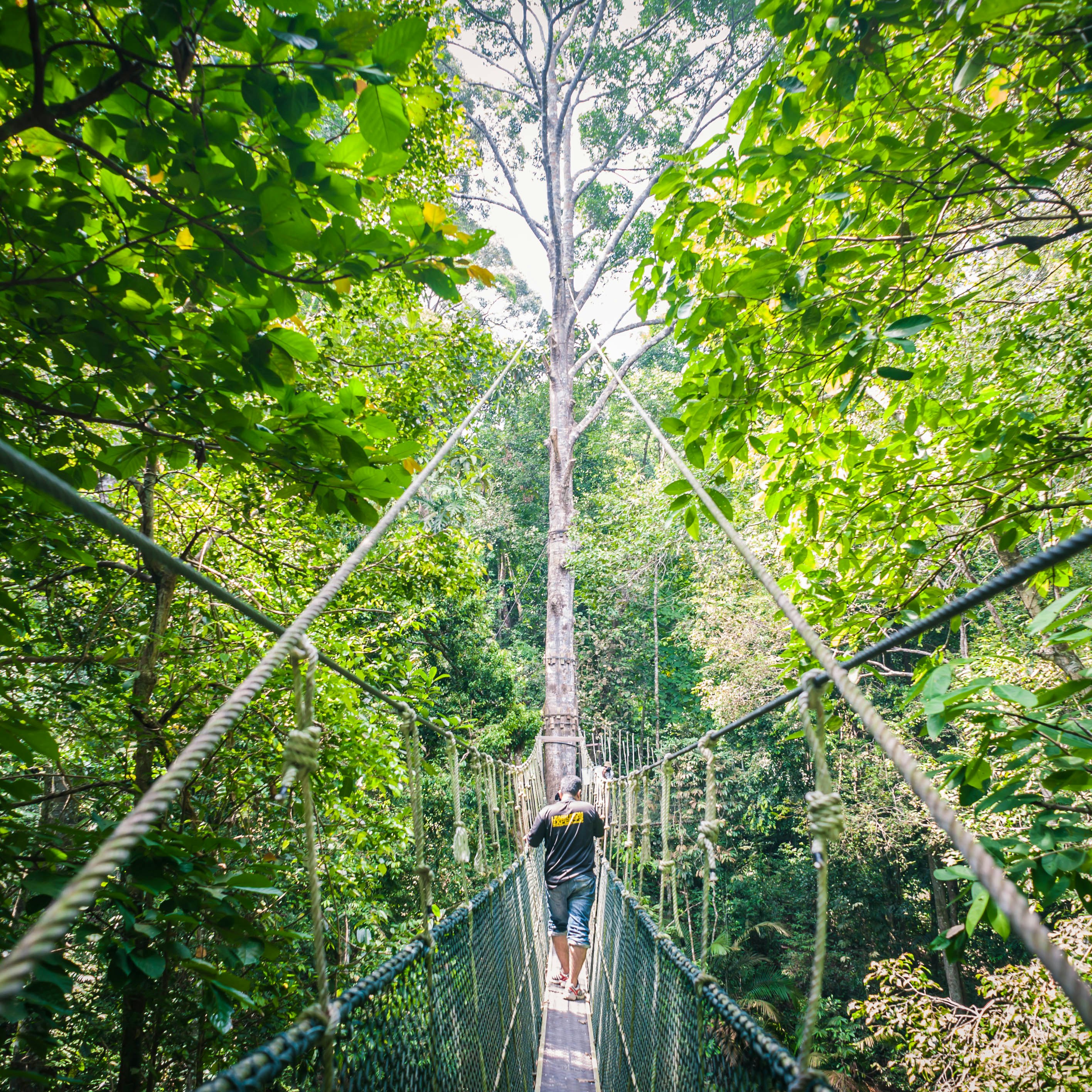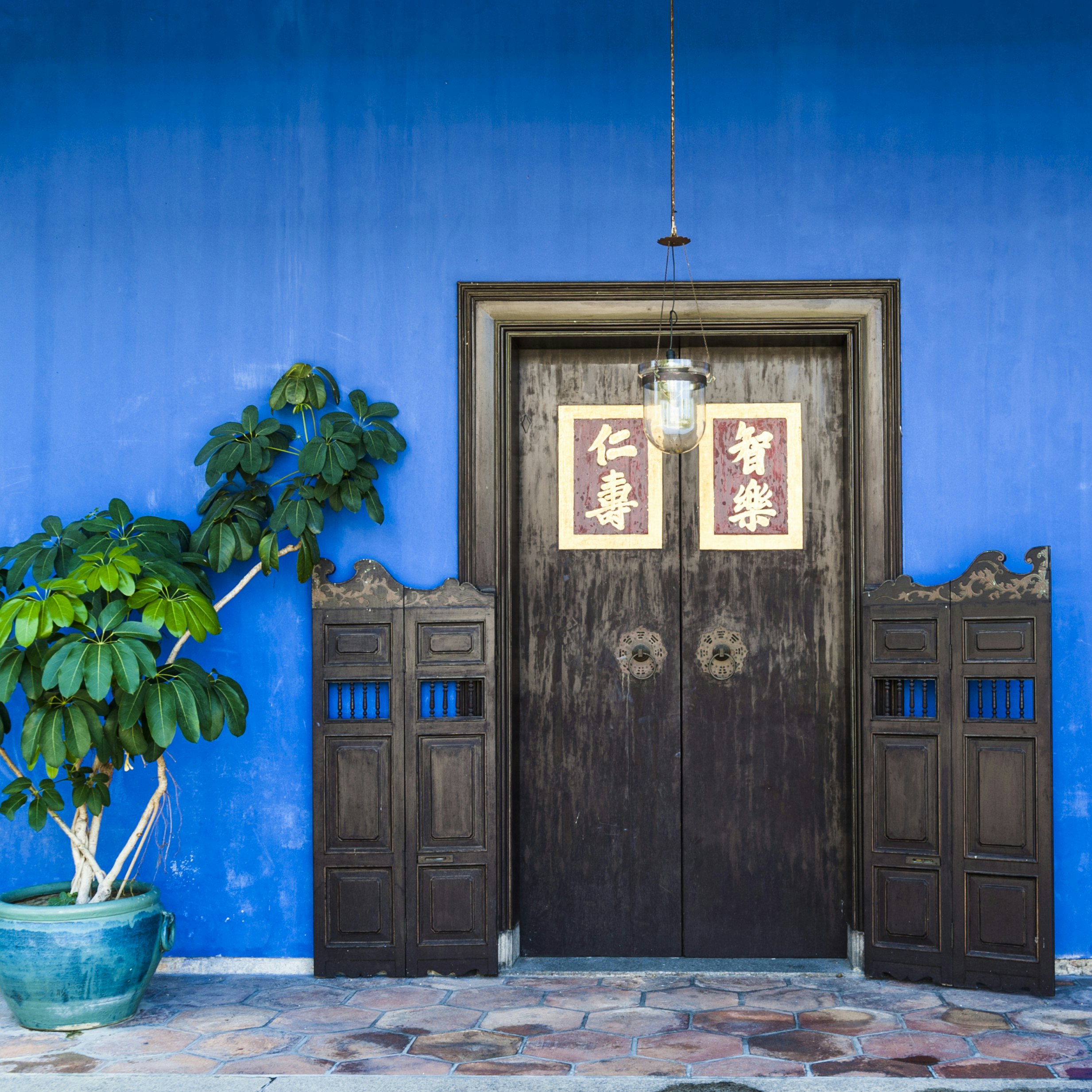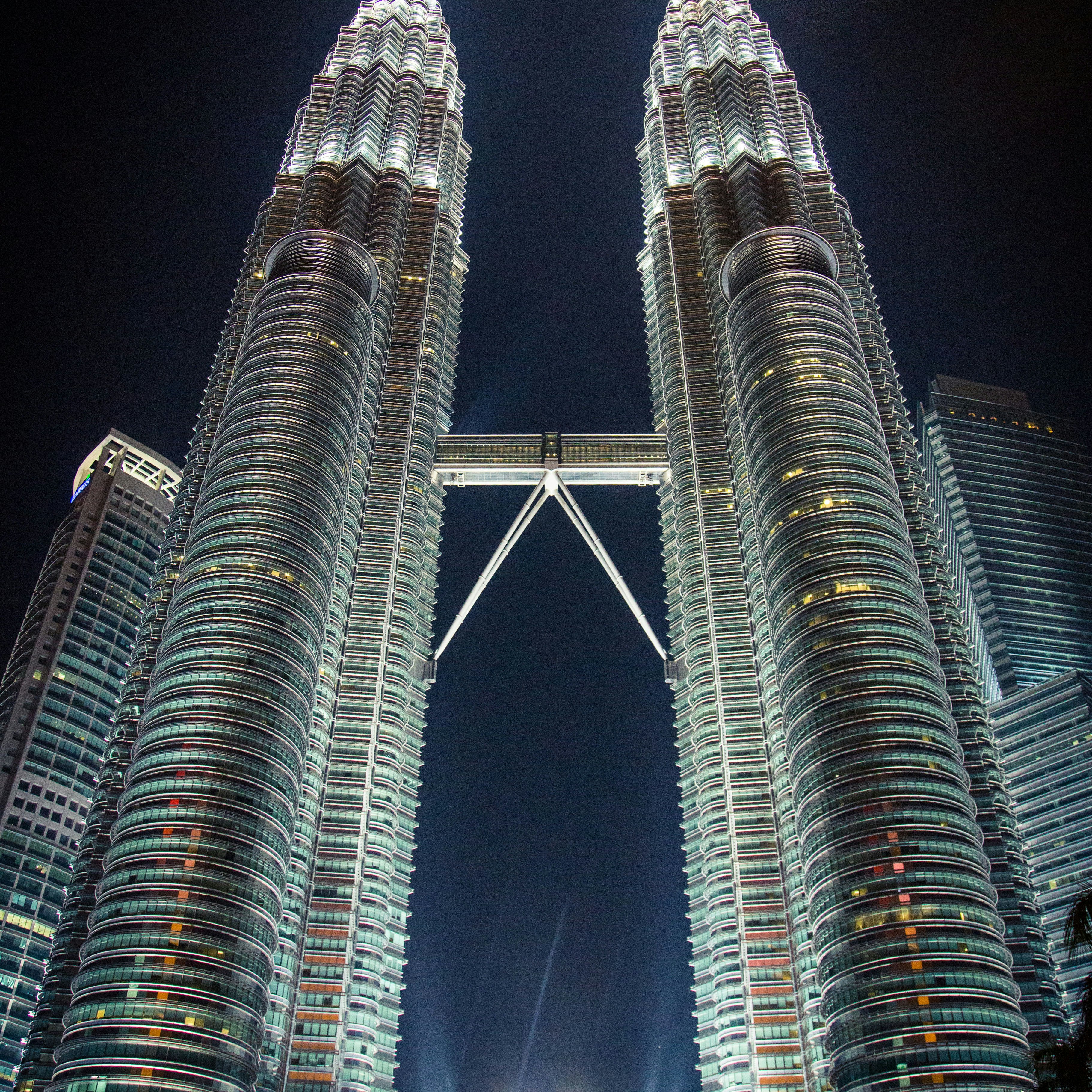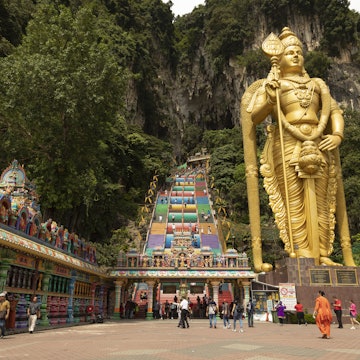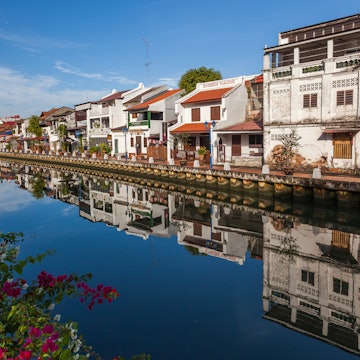

©J. Lekavicius/Shutterstock
Overview
Dynamic cities, fabulous food, beautiful beaches, idyllic islands and national parks with wildlife-packed rainforests – all of this can be found in Malaysia.
Must-see attractions
Planning Tools
Expert guidance to help you plan your trip
Best Things to Do
Hike through the mountains, gaze upon emerald hillsides and lounge on tropical beaches. Here are the best ways to enjoy your stay in Malaysia.
Read full article
Best Places to Visit
Here are the best places to go in Malaysia for soft sandy beaches, incredible food and amazing treks through wildlife-filled jungle and national parks.
Read full article
Best Time to Visit
There’s never a bad time to visit Malaysia – yet never really a dry one, either. Read on for our season-by-season guide.
Read full article
Things to Know
From planning and packing to etiquette and safety, these tips fully prepare you for a visit to dynamic, multicultural and hugely underrated Malaysia.
Read full article
Transportation
Want to take the train? A river ferry? Rent your own car? Read on to learn about the many options for getting around in Malaysia.
Read full article
Visa Requirements
A great place for impulsive travelers, many nationals can enter Malaysia visa-free for up to 90 days.
Read full article
Money and Costs
Malaysia has gone under the radar of budget travelers for too long – this country offers incredible value for money. Here's how to visit on a budget.
Read full article
Best Road Trips
You can explore Malaysia without stepping inside a car but exploring with your own wheels opens up a tropical world. Here are Malaysia's best road trips.
Read full article





